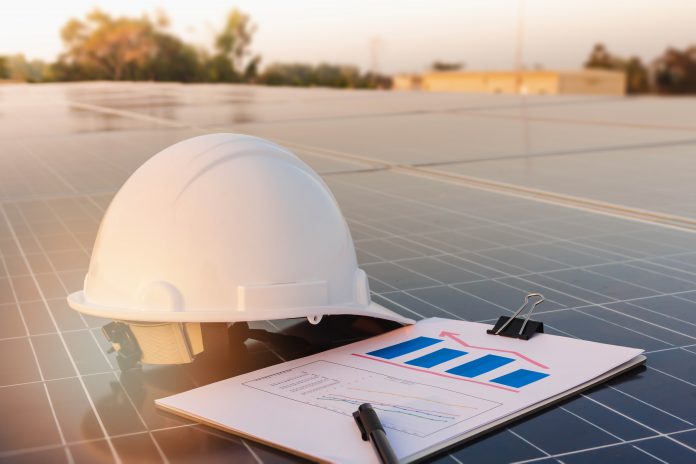Here, renewables developer, Anesco looks at the case for investing in solar without government subsidies and why battery storage could hold the key to maximising the benefits
Solar PV remains the most popular renewable technology in the world. And from rooftop schemes on homes and businesses to large ground mount solar farms, such installations are now a common sight.
According to the Solar Trade Association, solar panels feature on more than 800,000 homes and thousands of businesses across the UK, and 85% of local authorities have invested in the technology.
In the early days, the take-up of solar was encouraged through certain financial incentives, including the Feed in Tariffs (FiTs). However, with the cost of solar panels dropping and the volume of installations high, the government finally brought the scheme to a close in 2019.
But in this subsidy-free landscape, is solar still a good investment? And what are the benefits of co-locating battery storage alongside?
The benefits of solar PV
As solar panels are silent to run, unobtrusive, low maintenance and flexible – being able to be fitted onto suitable roof spaces or into the ground – the enduring popularity of the technology is no surprise.
By using solar panels to generate low carbon electricity onsite and ‘behind the meter’, less power needs to be purchased from the grid, which can lead to significant savings on both energy bills and carbon emissions. When used alongside battery storage technology, the benefits can be increased even further.
For those with an existing solar scheme, or who are looking at investing in one, there are many reasons to consider battery storage.
A battery storage unit can be used to store electricity being generated by the solar panels, releasing it again when it is most needed; including at night when the panels are not generating. This can help maximise the return on investment achieved by a solar scheme by ensuring as much of the renewable energy is being used as possible.
The flexibility batteries offer can also help reduce energy bills even further, while opening the door to new potential revenue streams. For example, energy can be stored in a battery and released when grid prices are at their highest, meaning peak tariffs are avoided and the cost paid for any energy bought from the grid is as low as possible.
Reasons to invest in solar panels
Even without the additional financial gains that the subsidies provided, the case for investing in solar PV still adds up. While the payback period may be longer, the overall gains can still be significant.
- Smaller investment required: The cost to purchase a solar PV system has reduced dramatically in recent years, and what may once have been around £12,000, is now likely to be closer to £6,000.
- Solar panels are now more efficient: The solar PV technology itself has also improved, and solar panels are now far more efficient at converting sunlight into electricity, making the returns even greater.
- Protection against energy price hikes: The price of traditional forms of energy continues to rise and large price hikes are a regular occurrence. By using solar panels to reduce the amount of electricity that needs to be purchased from the grid, some protection can be gained against future price rises.
- Reduction in levies and other charges: For organisations, generating their own renewable power onsite can also reduce the financial impact of other financial levies that are placed on commercial energy use, as well as their carbon emissions.
- The future is electric: With the use of electric vehicles growing and heat moving from gas to electric, demands being placed on the grid are increasing, along with energy costs. Generating renewable electricity for use onsite can effectively futureproof a business or home against increasing utility bills.
- Maximising efficiency: Solar can be a key piece of the puzzle when it comes to creating a smart energy network. When used alongside battery storage technology, energy can be generated and used in an intuitive way that maximises efficiency, reduces waste and minimises energy expenditure.
- Achieving net-zero –To reach this target is going to take positive action by individuals, as well as the public and private sectors. Solar and storage is a tried and tested way to lower emissions and can help enable a move away from fossil fuels.
A sustainable future
With the UK committed to reaching net-zero by 2050 and public backing for renewables riding high, it is likely that such technologies will be on the agenda for more and more organisations in the coming years.
The good news is, solar and storage present a tried-and-tested route to both energy savings and carbon reductions – even in a world without government subsidy.











